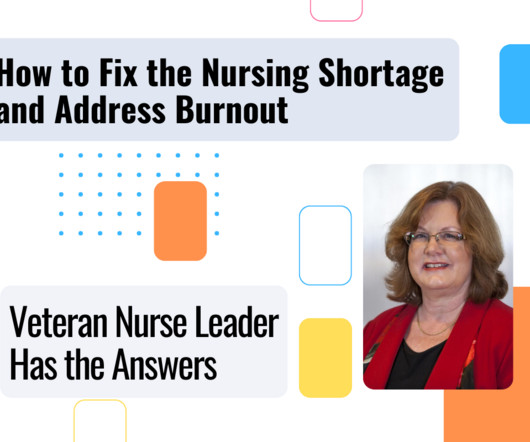Roads, Bridges, and … Caregivers?
Penn Nursing
OCTOBER 14, 2021
By 2030, the Baby Boomer generation will be 65 or older.) PACE is a Medicare and Medicaid reimbursed program that provides care for older adults in the community, instead of a nursing home or long term care facility,” Hodgson says. “It












Let's personalize your content